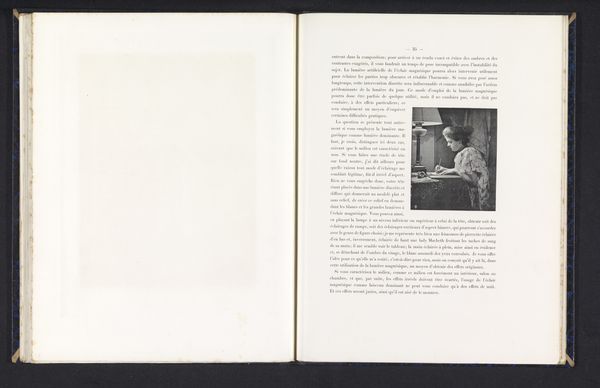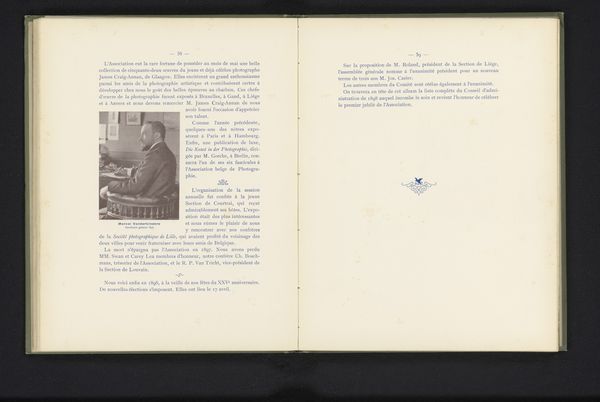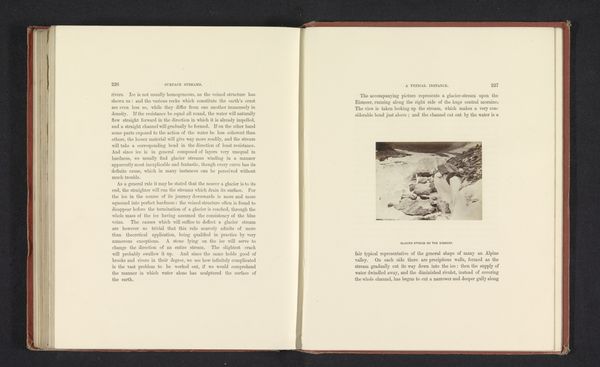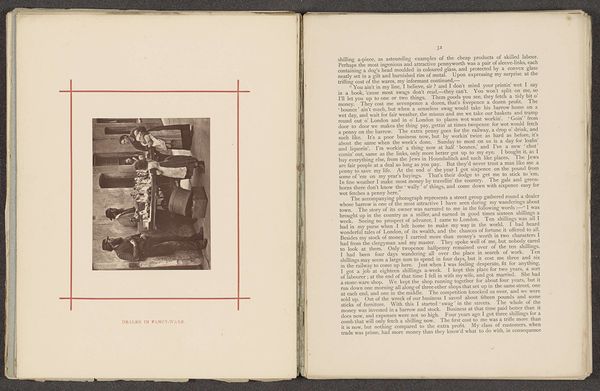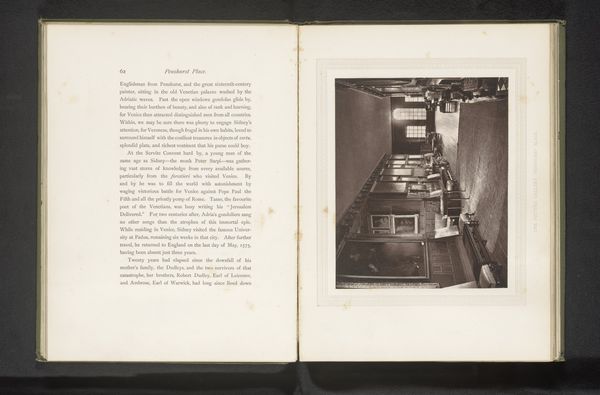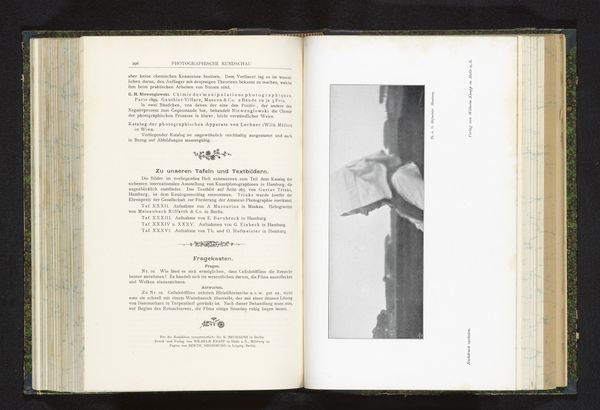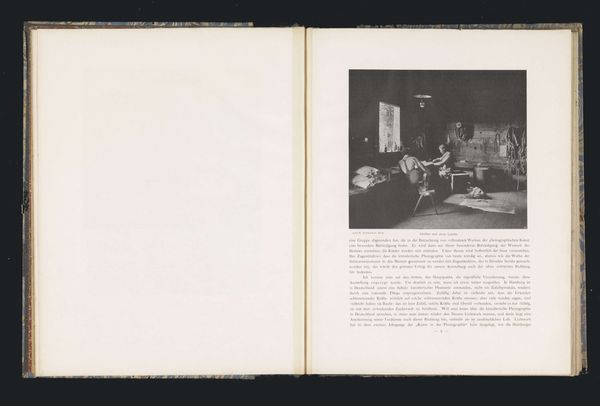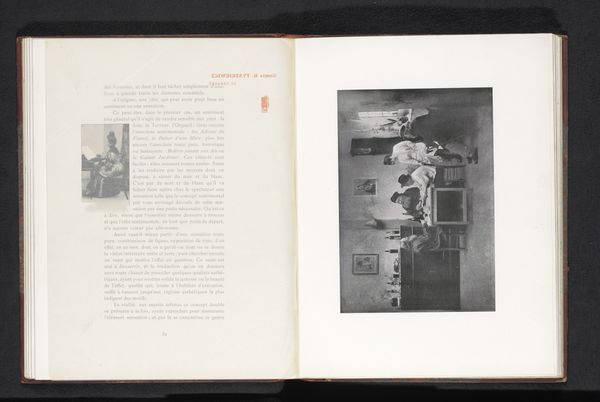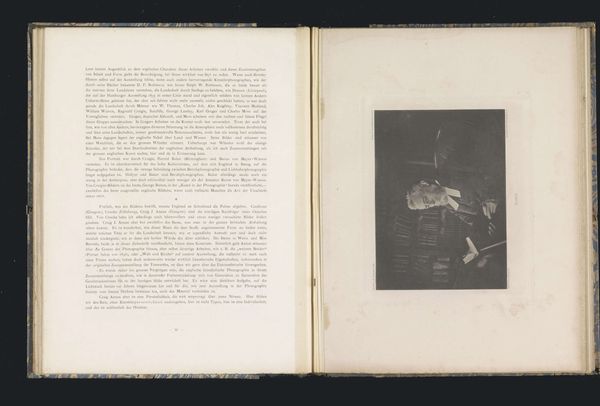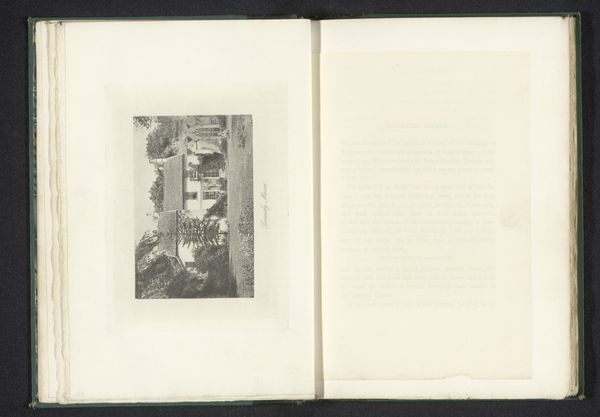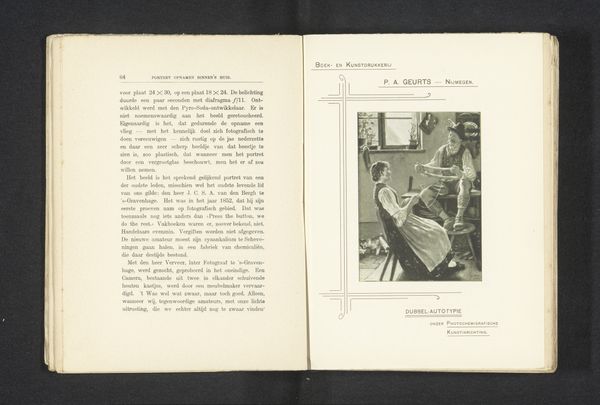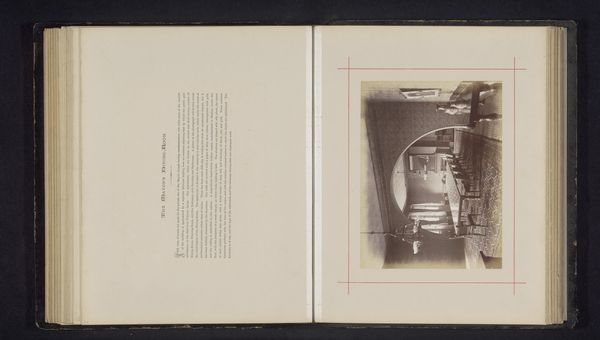
print, photography, sculpture
# print
#
landscape
#
photography
#
sculpture
#
italian-renaissance
Dimensions: height 148 mm, width 104 mm
Copyright: Rijks Museum: Open Domain
Editor: This is an albumen print of Pio Fedi's "The Rape of Polyxena," taken before 1871. The dramatic composition makes it hard to read. What historical context informs the sculpture and, by extension, this print? Curator: This photograph invites us to consider the violence inherent in the classical narratives, particularly those surrounding women’s bodies during times of war. What power dynamics are at play when a woman is sacrificed, her agency stripped away in the name of political expediency or perceived divine will? Editor: That’s a heavy thought. It definitely makes me rethink the idealized Neoclassical aesthetic. What was the political climate when Fedi created the original sculpture? Curator: Italy in the mid-19th century was in the throes of the Risorgimento, a period of unification and nation-building, charged with patriotic fervor, so we must see his choices as statements reflecting the values, anxieties, and aspirations of his time. Considering Polyxena, a symbol of sacrifice in the face of political goals, what meaning might that resonate for 19th-century Italian viewers? Editor: So, the sculpture isn’t just about the mythical past but about Italian identity in the present? Was Fedi supporting or questioning the notion of sacrifice for a cause? Curator: I believe Fedi wasn’t just illustrating a scene, but participating in a cultural dialogue about the ethics of nation-building and who gets left behind or sacrificed. Is Polyxena presented as a victim or a heroine? Editor: It’s complex, because both interpretations exist in classical narratives. Considering your argument, the photograph could then serve not only to document, but to interrogate Fedi’s intentions. Curator: Exactly! It prompts us to reflect on the stories we tell ourselves about power, sacrifice, and national identity, even today. Thanks for highlighting that interpretive tension! Editor: This has really challenged my understanding of the piece beyond its aesthetic surface. Seeing it as a reflection of socio-political issues opens a richer dialogue!
Comments
No comments
Be the first to comment and join the conversation on the ultimate creative platform.
